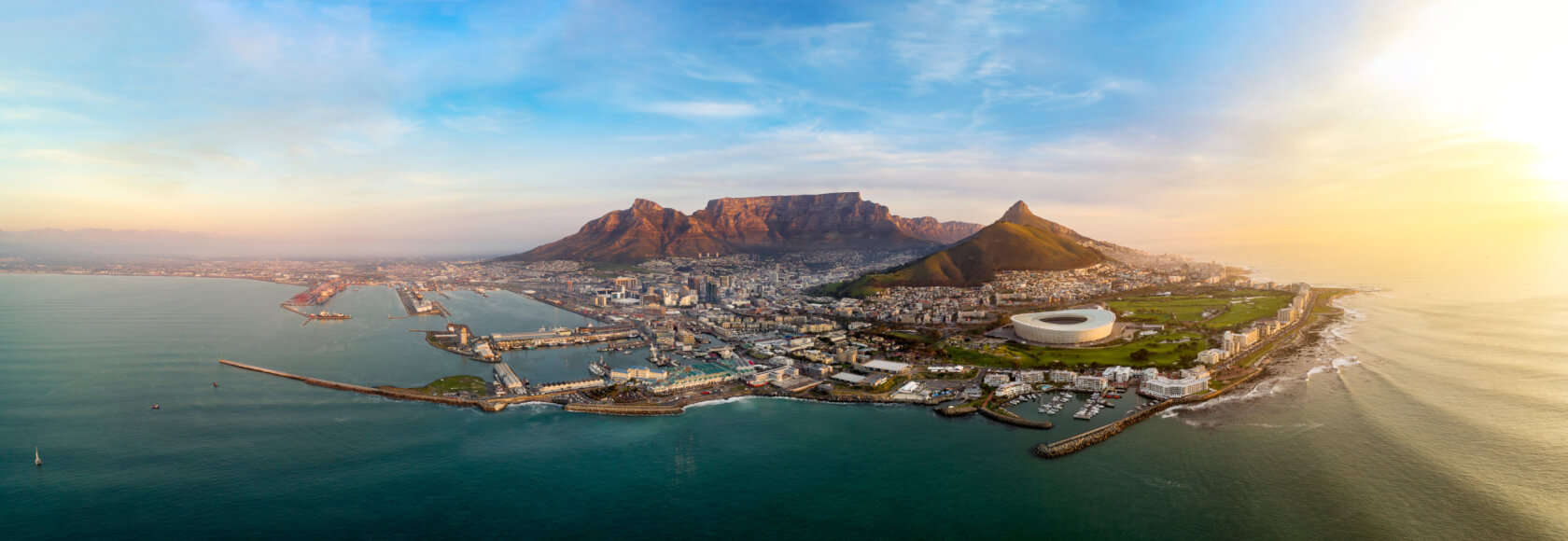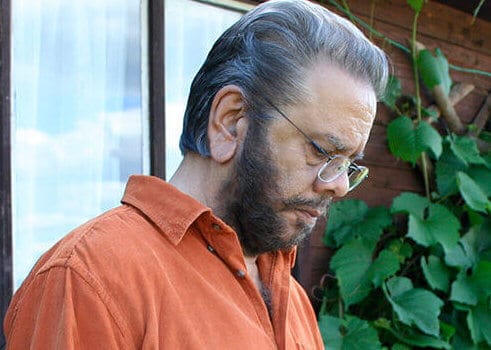From Cape Town to Durban, from penguins to elephants, South Africa has it all. Here is our guide to the rainbow nation.
Almost all you would want to see and experience what this country has to offer. A coastline of 3,000 kilometres and thus some of the best beaches, mountains, jungle safaris, river safaris, wonderful train journeys, wines, cuisine, diamond mines and the works.
If planning a trip to this nation, 15 days to a month will just glide by. And memories will remain forever.
A Brief History
Trade in humans had been rampant for a long time in Europe, mainly for the plantations and mining in different colonies around the world, including Southern Africa. Slavery in Cape Colony had finally come to an end in 1834. All of a sudden, the Europeans needed more labour for the diamond mines in South Africa once they stumbled upon the resource. This started slavery of another kind, forced and child labour.
Going off the point a little, nonetheless pertinent, even to this day an estimated one million children work in diamond mining in different parts of the world and according to reports the numbers are only increasing.
Until diamonds were discovered in South Africa, Brazil was the major supplier.
Before the discovery of diamonds, first it was the Dutch, then came the French and finally the British and the natives were either forced to work for them, killed or hounded away inland. At that time South Africa was a major producer of food.
It was in 1887 that diamonds were first discovered in this country on the land of a poor farmer by the name of Daniel Jacobs.
As recorded by historians, Jacob’s little son collected the diamonds that looked like pretty shiny pebbles and used them to play with his friends. His mother eventually showed the stones to another farmer who liked them and wanted to buy these attractive looking pebbles. She just laughed it off and gave them to him.
One of the stones found its way to an amateur geologist who identified it as a diamond weighing 21.5 carats and the governor of the Cape Colony Sir Phillip Wodehouse quickly snapped it up for a song.
As if in a blink of an eye, settlers, prospectors and adventurers from Europe soon began arriving in hordes and the farmers were driven away from their lands that were to become diamond fields.
After that the discovery of gold led to further peril for the natives and many thousands were killed again. About 20% of the gold that is mined in the world is still here.
By 1900, the British troops arrived and the locals were firmly relegated into being second class citizens and not even allowed to own lands.
Even though South Africa gained independence in 1961, Apartheid only ended with President Nelson Mandela in 1994, a lawyer and a former political prisoner.
From this difficult past, tourism into the country averaged just a little over half a million international arrivals for years and at long last reached a peak of over 1.5 million in 2019 even though this country has much to offer. Today it comprises about 3% of the GDP and contributes approximately 4.5% towards employment.
Things To Do
The beaches of Cape Town – These are known to be the best beaches of any urban area compared to anywhere else in the world.
African Penguins – See these beautiful creatures on the Boulders Beach which is just a 45 minute drive from the centre of Cape Town. You can even swim with them.
Diving and snorkelling – Further up from Cape Town. As a bonus, you will see tropical coral reefs.
Wildlife – One of the greatest attractions in South Africa are the national parks and reserves. The best of these are the Kruger, Addo Elephant, Pilanesberg, Madikwe game reserve and Phinda game reserve.
The African elephant is known to be the largest living mammal and can weigh up to 11 tons. Apart from elephants you will see lions, rhinos, cheetahs, hippos, giraffes, meerkats and many others. Incidentally, meerkats are known to assemble in the mornings and meditate facing the sunrise.
Rivers – There are more than 50 rivers. The longest being Orange, Limpopo and Vaal. River. Safaris are popular while you also get to see incredible landscapes. Not only that, marine life is also rich with sharks, dolphins, whales and much more.
Mountains – The country is popular for its mountains and hiking trails. Table Mountain is just a stone’s throw from Cape Town. You will find the widest variety of flowers on this mountain alone, more than even in entire countries. The Table Mountain is considered to be one of the 12 energy emitting centres in the world.
The Wineries – South Africa has the longest wine route in the world. Many of the wineries provide excellent accommodations and gourmet dining with the best of wine pairing. You can also go winery hopping for wine tasting.
Visiting the mines – Tours are organised that take you into the diamond and the gold mines. Koffiefontein is the deepest diamond mine going down 620 metres.
Train routes – There are several train routes that you can take. Many of the trains pass via the national parks. Of all the trains Rovos Rail is considered to be among the most luxurious train trips in the world.
Bungee jumping – The highest bridge for bungee jumping in the world is here, the Bloukrans bridge.
The country has clean and safe drinking water and the cuisine is among the most diverse and to be really enjoyed. There are not really any special customs to follow except for being friendly, taking off your footwear when visiting homes and bringing a small gift such as a bottle of wine when invited.
Seen South Africa? How about jetting off to Japan?
Support us!
All your donations will be used to pay the magazine’s journalists and to support the ongoing costs of maintaining the site.
Share this post
Interested in co-operating with us?
We are open to co-operation from writers and businesses alike. You can reach us on our email at [email protected]/[email protected] and we will get back to you as quick as we can.










